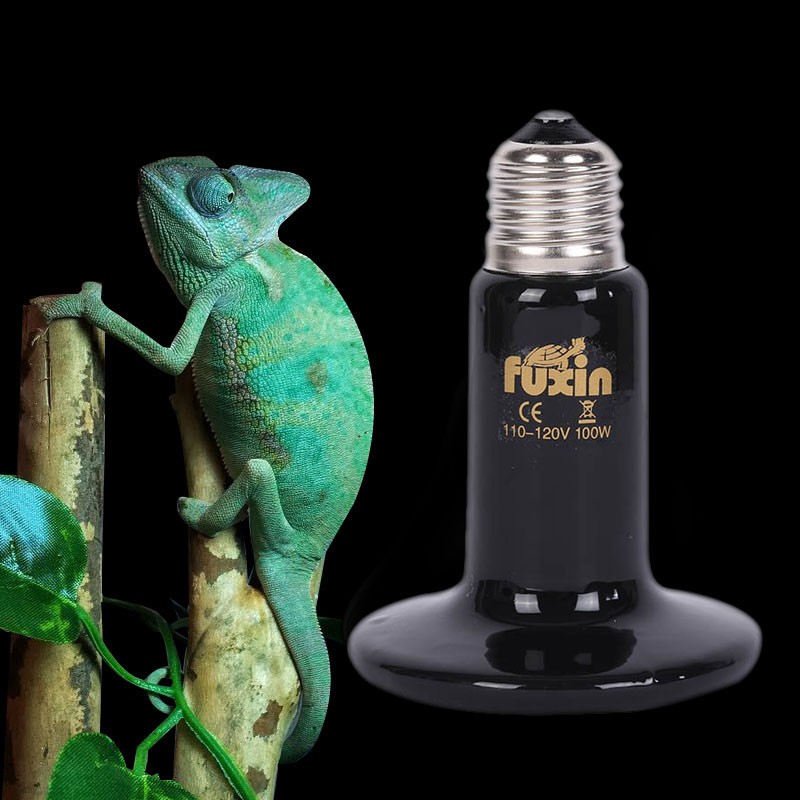
Enhance your respiratory health by using infrared heaters; they emit targeted warmth that minimizes airborne allergens and improves indoor air quality. These heaters operate by directly heating objects, preventing the circulation of dust, pet dander, and other irritants that can trigger respiratory issues. By reducing exposure to common allergens, you can experience better lung function, increased energy levels, and reduced fatigue. The consistent warmth provided by infrared heaters supports ideal respiratory comfort and oxygen exchange. Experience the benefits of clearer air and minimized allergens by incorporating these heaters into your indoor environment.
Understanding Infrared Heating Technology

To understand infrared heating technology, consider how it differs from traditional heating methods regarding wavelength and heat transfer mechanisms.
Infrared heaters operate by emitting infrared radiation, which has longer wavelengths compared to visible light. This longer wavelength allows the infrared heat to penetrate objects more effectively, heating them directly without heating the air in between.
This direct heating mechanism enhances heating efficiency and reduces energy consumption as it avoids the energy loss often associated with heating the air first.
Compared to traditional convection heating systems that rely on heating the air to warm a space, infrared heaters offer a more targeted approach, delivering heat precisely where it's needed.
This focused heating not only increases heating efficiency but also minimizes energy wastage. By emitting heat that's absorbed by objects and surfaces, infrared heaters provide a consistent and comfortable warmth without the need to continuously heat and circulate large volumes of air, making them a more energy-efficient option for indoor heating.
Reduction of Airborne Allergens
By utilizing infrared heaters, you can effectively reduce airborne allergens in indoor spaces by minimizing the circulation of air that can carry dust, pollen, and other particles. Traditional heating systems, such as forced-air systems, can exacerbate allergies by spreading allergens throughout the air. Infrared heaters, on the other hand, don't rely on air circulation to heat a space, which helps in reducing the distribution of allergen sources.
Allergen sources like dust mites, pet dander, mold spores, and pollen can be prevalent in indoor environments, leading to respiratory issues and allergies. The heating efficiency of infrared heaters allows for targeted heating, warming objects and individuals directly without the need for blowing air around the room. This targeted heat distribution prevents the stirring up of allergens that are often present in the air.
Infrared heaters are a beneficial alternative for individuals looking to minimize exposure to airborne allergens in their living spaces while maintaining effective heating.
Improved Air Quality in Homes

Infrared heaters contribute to improved air quality in homes by reducing the presence of airborne pollutants and enhancing overall respiratory health. By emitting infrared radiation, these heaters don't rely on circulating air, which can spread dust, pet dander, and other allergens. This results in cleaner indoor air, particularly beneficial for individuals with respiratory conditions like asthma or allergies.
Moreover, infrared heaters help maintain ideal indoor humidity levels, which is essential for respiratory health. Proper indoor humidity not only prevents dry air that can irritate the respiratory system but also inhibits the growth of mold and dust mites, common triggers for allergies and asthma.
In addition to reducing airborne pollutants and regulating indoor humidity, infrared heaters play an important role in enhancing thermal comfort. By warming objects and surfaces directly, they create a cozy environment without causing air dryness or drafts. This makes them a favorable option for those seeking improved air quality and respiratory well-being in their homes.
Prevention of Mold Growth
Inhibiting mold growth is a significant benefit of using infrared heaters in indoor spaces. Mold thrives in damp and dark environments, making it a common issue in many homes. By efficiently heating the space, infrared heaters help prevent moisture buildup, which is a key factor in mold growth.
Mold prevention strategies often include controlling humidity levels, proper ventilation, and maintaining consistent indoor temperatures. Infrared heaters play an essential role in these strategies by providing targeted and even heat distribution, reducing the likelihood of moisture accumulation that fosters mold development.
The efficiency of infrared heaters in preventing mold growth lies in their ability to warm surfaces directly, creating a comfortable environment without drastically altering the air's moisture content. This targeted heating approach helps keep surfaces dry and inhospitable to mold spores, ultimately inhibiting mold proliferation.
Alleviation of Asthma Symptoms

Efficiently warming indoor spaces with infrared heaters can greatly alleviate asthma symptoms by promoting better air quality and reducing triggers for respiratory distress.
Asthma management is essential in controlling this chronic respiratory condition. Infrared heaters operate by heating objects and surfaces, rather than the air, which helps minimize the circulation of airborne allergens that can exacerbate asthma symptoms. By reducing the circulation of dust mites, pet dander, and other common triggers, infrared heaters create an environment that's less likely to induce asthma attacks.
Studies have shown that maintaining a consistent and comfortable temperature using infrared heaters can lead to improved respiratory function and decreased asthma symptoms.
The gentle, even heat distribution provided by these heaters can help prevent air from becoming too dry or too humid, which are common triggers for asthma sufferers.
Enhanced Breathing for Allergies
Enhance your breathing and alleviate allergy symptoms with the use of infrared heaters, which promote better air quality and reduce triggers for respiratory distress. Infrared heaters work by emitting infrared radiation that heats objects directly, rather than heating the air. This helps in preventing the circulation of dust, pollen, and other allergens in the air, providing allergy relief and easing breathing difficulties.
Allergies are often triggered by airborne particles that can irritate the respiratory system, leading to symptoms like coughing, sneezing, and congestion. By using infrared heaters, you can experience improved air quality as these heaters don't dry out the air or create air currents that spread allergens.
This can greatly reduce the presence of common allergens in your environment, helping you breathe more easily and comfortably. The gentle warmth produced by infrared heaters can also help soothe respiratory passages, providing relief for allergy-related breathing issues.
Impact on Respiratory Health

By utilizing infrared heaters, you can greatly improve your respiratory health by minimizing exposure to common allergens and promoting better air quality in indoor environments.
Infrared heaters work by warming objects and individuals directly, rather than heating the air, which can reduce the circulation of dust, pet dander, and other respiratory irritants. This can lead to enhanced respiratory comfort, especially for individuals with allergies or asthma.
Studies have shown that infrared heaters can positively impact lung function by reducing the likelihood of respiratory issues triggered by airborne particles. By keeping the air clear of common allergens, these heaters create an environment that supports ideal lung function and overall respiratory health.
Improved lung function can result in better oxygen exchange, leading to increased energy levels and reduced feelings of fatigue.
For those seeking to enhance their respiratory comfort and support lung function, incorporating infrared heaters into indoor spaces can be a beneficial strategy to promote better breathing and overall well-being.
Conclusion
To sum up, utilizing infrared heaters can provide numerous respiratory health benefits by reducing airborne allergens, improving air quality, preventing mold growth, alleviating asthma symptoms, and enhancing breathing for those with allergies.
The impact on respiratory health is clear, making infrared heaters a valuable tool for creating a healthier indoor environment.
Consider incorporating this technology into your home to experience the positive effects on your respiratory well-being.

